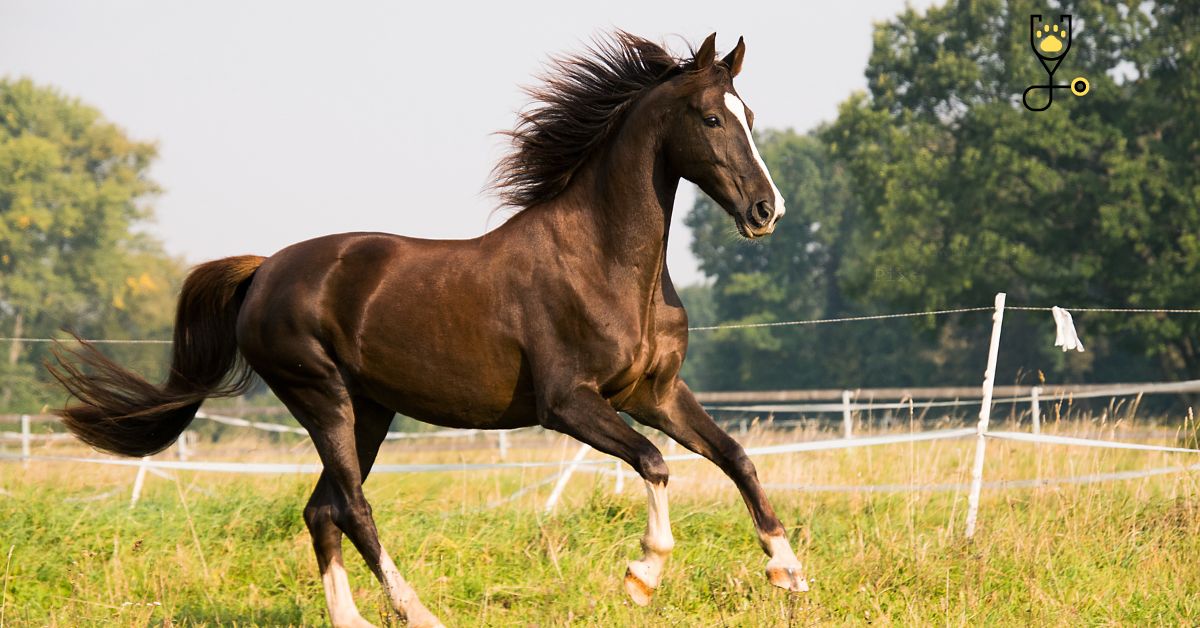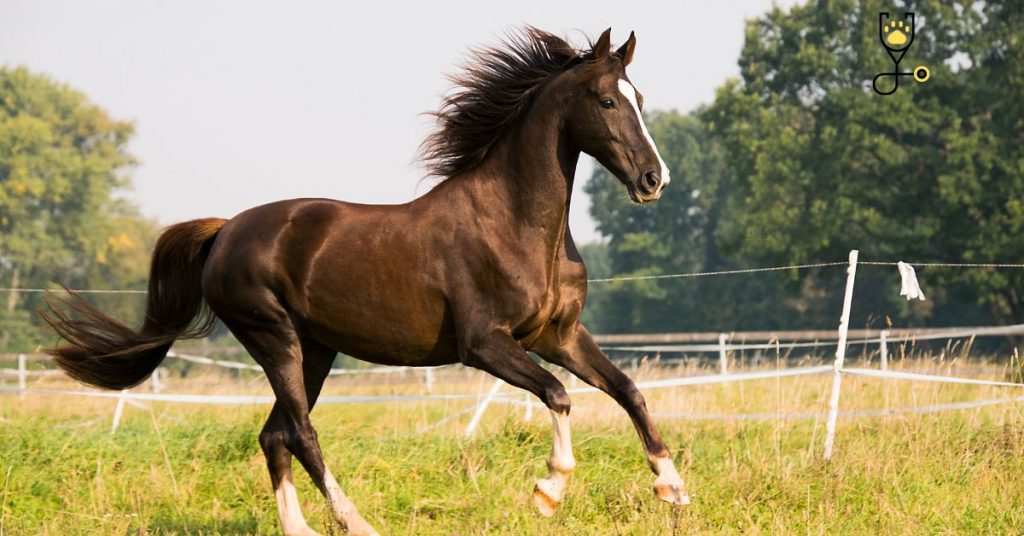There are few things more frustrating than when your horse decides to start walking or fence walking. This can lead to accidents and injuries, both for the horse and for people nearby. In this article, we’ll discuss some tips on how to stop a horse from walking in the stall or fence. Hopefully, with these tips, you can help keep both you and your horse safe. Stay tuned for more great horse care tips!
What is Stall or Fence Walking?
Stall walking or fence walking is when a horse walks around the inside of a stall or paddock, usually without any real purpose. This can be dangerous for you and your horse, as it increases the risk of injury and accidents if the horse gets too close to walls or fences. To help prevent this from happening, it’s important to understand why horses might start doing this behavior in the first place.
Why a Horse Might Start Stall Walking or Fence Walking?
Before we get into the tips, let’s first discuss why a horse might start walking in their stall or along the fence. Some horses may become bored and start to pace around, while others may have learned it as a behavioral response to being in an enclosed space. Additionally, some horses may start fence walking due to anxiety or nervousness.
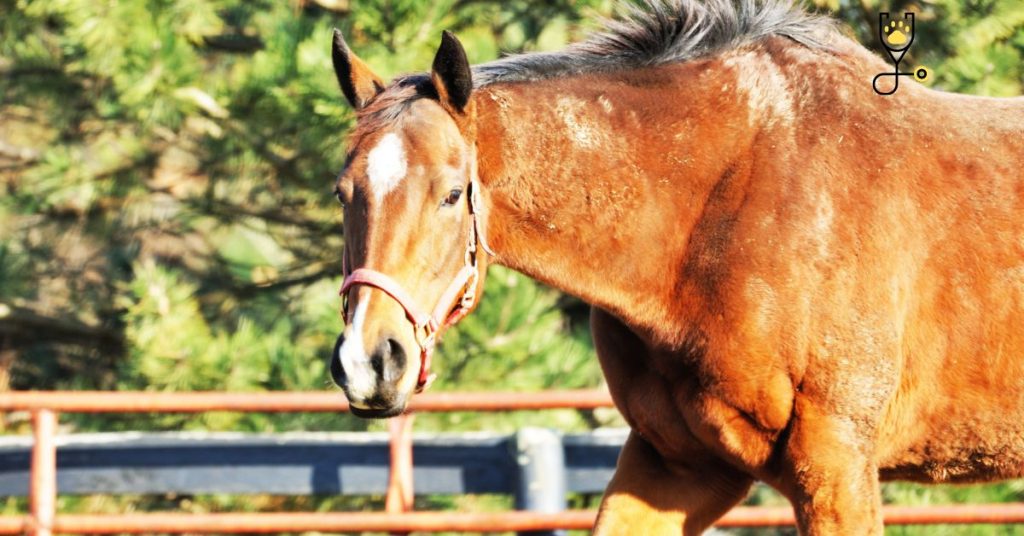
Tips To Stop a Horse From Stall Walking or Fence Walking
The first step to stopping your horse from stall or fence walking is to identify the cause of their behavior. Once you know why they are pacing, you can start taking steps to address the issue. Here are some tips on how to stop a horse from walking:
1. Make sure your horse has enough space to move around in the stall or along the fence line. This will help prevent them from becoming anxious or bored.
2. Spend time with your horse and give them plenty of attention and exercise. This will help keep their mind occupied and reduce boredom-related behaviors like pacing.
3. Look for signs of pain or discomfort and have a vet examine your horse if necessary. If your horse is in pain, it may start walking to relieve the discomfort.
4. Provide distractions like toys, treats, or activities for the horse. This can help redirect their attention away from pacing and keep them occupied with something else.
5. Ensure that your horse has access to plenty of water and food throughout the day as hunger and thirst can lead to pacing behavior.
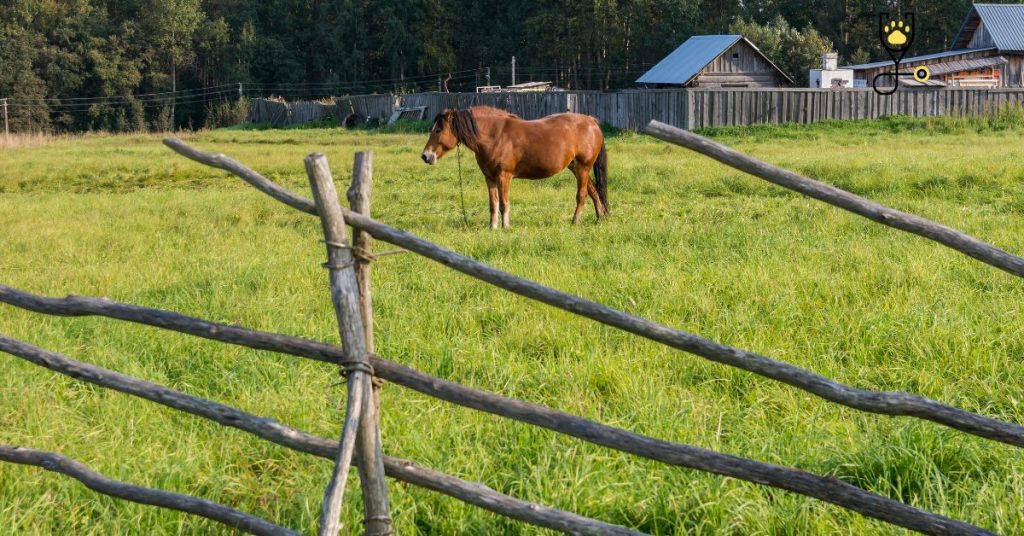
6. Teach commands such as “stand still” or “walk on” so you can provide direction when needed without having to physically intervene (e.g., by blocking their path).
7. Utilize halters or bridles with two reins to give you better control of your horse.
8. Use a slow, steady release of pressure on the reins to move your horse away from the fence line or stall if they start walking.
9. Try using an electric training system (like a shock collar) as a deterrent for walking behavior in more extreme cases (but remember, positive reinforcement is always best).
10. Contact a professional trainer or equine behaviorist if needed as they may be able to provide additional insight into why your horse is pacing and how to stop it.
By following these tips, you should be able to help your horse overcome their stall walk or fence walk habit safely and effectively. Remember, it is important to take the time to understand why your horse is exhibiting this behavior in the first place so that you can address the underlying issue.
Is Stall Walking or Fence Walking can cause an injury?
Yes, stall walking or fence walking can cause an injury. When a horse paces around the inside of a stall or paddock, they are at risk of being injured by coming into contact with walls, fences, and sharp objects. In addition to physical harm, horses can also become stressed or anxious due to this behavior which may lead to further health issues if left unchecked. It is important to identify why your horse is behaving this way so that you can take steps to address the issue and reduce their likelihood of becoming injured.
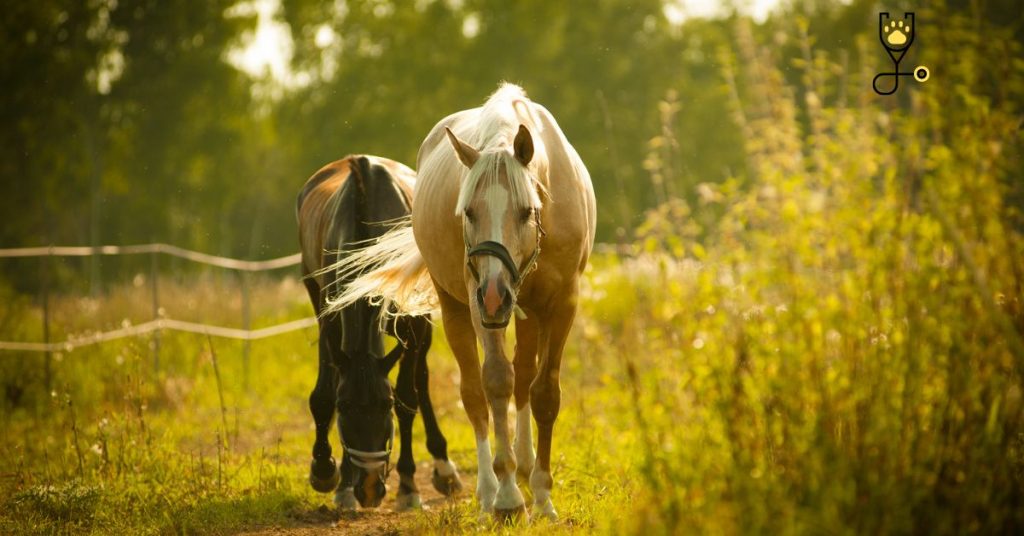
How To Prevent a Horse from Stall Walking or Fence Walking
Preventing your horse from stall walking or fence walking is the best way to ensure their safety and well-being. Here are some tips on how to prevent these behaviors:
1. Provide your horse with plenty of space to move around in the stall or paddock.
2. Give them lots of attention and exercise throughout the day to help keep their mind occupied and reduce boredom-related behaviors.
3. Make sure they have access to plenty of food, water, and fresh air at all times.
4. Utilize halters or bridles with two reins when handling your horse so you can better control their movements if necessary.
5. Teach commands such as “stand still” or “walk on” so that you can provide direction without having to physically intervene (e.g., by blocking their path).
6. Try using distractions like toys, treats, or activities to help keep your horse occupied and focused on something else.
7. Contact a professional trainer or equine behaviorist if needed as they may be able to provide additional insight into why your horse is pacing and how to stop it.
8. Utilize an electric training system (like a shock collar) in more extreme cases but remember positive reinforcement is always best.
Conclusion
Stall-walking and fence-walking can be dangerous behaviors for horses, as they are at risk of being injured. It is important to take the time to understand why your horse is engaging in these behaviors so that you can take steps to prevent them and keep your horse safe. There are several strategies that you can use to help stop stall walking or fence walking, such as providing plenty of space and stimulation, utilizing halters or bridles with two reins, teaching commands, or contacting a professional trainer. By following these tips, you should be able to help your horse overcome their stall walk or fence walk habit safely and effectively.
Frequently Ask Questions
Q: What is the difference between stall walking and fence walking?
A: Stall walking refers to a horse pacing around the interior of its stall, while fence walking is when a horse paces along the exterior perimeter of an enclosure such as a paddock or pasture.
Q: How can I stop my horse from pacing in its stall?
A: By providing your horse with plenty of space, exercise, and stimulation throughout the day. You can also utilize halters or bridles with two reins to give you better control of your horse and teach commands like “stand still” or “walk on”. If necessary, contact a professional trainer or equine behaviorist for additional insight into why your horse is pacing and how to stop it.
Q: Is stall walking or fence walking dangerous for horses?
A: Yes, these behaviors can be dangerous for horses as they are at risk of being injured by coming into contact with walls, fences, and sharp objects. In addition to physical harm, horses can also become stressed or anxious due to this behavior which may lead to further health issues if left unchecked. It is important to identify why your horse is behaving this way so that you can take steps to address the issue and reduce their likelihood of becoming injured.
Q: What other strategies can I use to prevent my horse from pacing?
A: You can also provide distractions such as toys, treats, or activities to help redirect the horse’s attention away from pacing. Additionally, you may want to check for signs of pain or discomfort and have a vet examine your horse if necessary. By combining these strategies, you should be able to help your horse overcome their stall walk or fence walk habit safely and effectively.
Q: What should I do if my horse continues to pace despite my efforts?
A: If your horse continues to pace despite your attempts to prevent it, you may want to contact a professional trainer or equine behaviorist who may be able to provide additional insight into why your horse is pacing and how to stop it. By understanding the underlying cause, you can take the necessary steps to help reduce their likelihood of engaging in this behavior.
